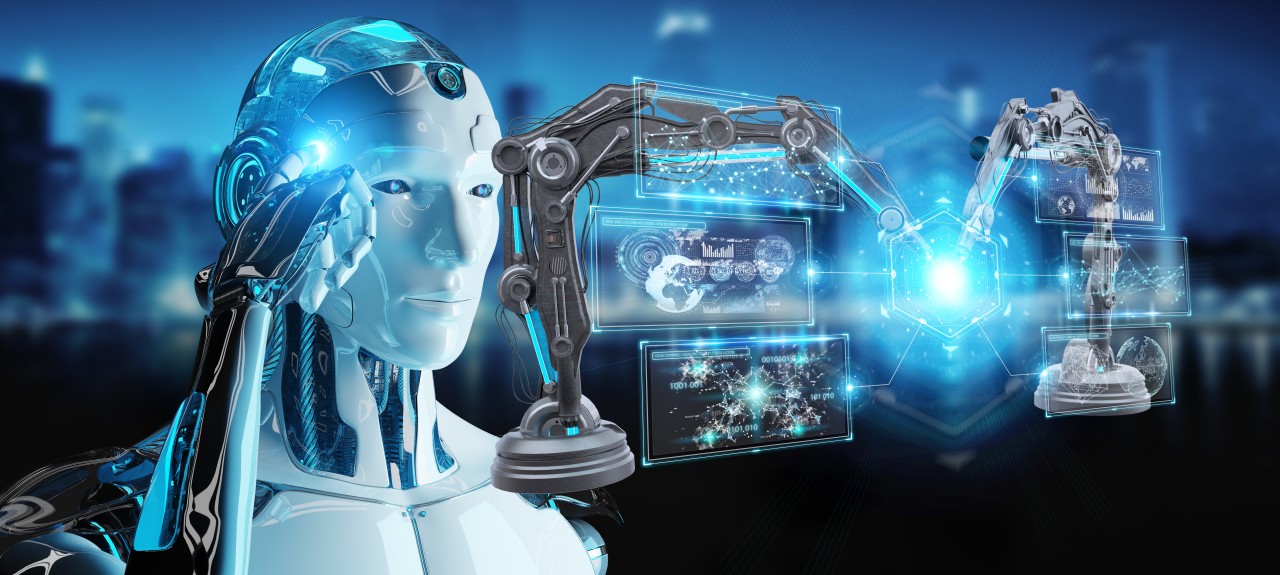What is Machine Learning?
Machine Learning (ML) is a subset of artificial intelligence (AI) that enables computers and systems to learn from data and improve their performance over time without explicit programming. Instead of following pre-defined rules, machine learning algorithms use statistical models to identify patterns in data and make predictions or decisions based on those patterns.
Types of Machine Learning
- Supervised Learning:
- Definition: The model is trained on labeled data, where the correct output (label) is provided for each input during training. The goal is to learn a mapping from inputs to outputs.
- Use Cases:
- Classification: Identifying which category an input belongs to (e.g., spam detection, image classification).
- Regression: Predicting continuous values (e.g., housing prices, sales forecasting).
- Example: Training a model to recognize handwritten digits using a dataset where each image is labeled with the correct number.
- Unsupervised Learning:
- Definition: The model is trained on unlabeled data and must find hidden patterns or structures in the data without guidance on what the output should be.
- Use Cases:
- Clustering: Grouping data points based on similarity (e.g., customer segmentation, image compression).
- Dimensionality Reduction: Simplifying the dataset by reducing the number of features (e.g., Principal Component Analysis).
- Example: Grouping customers into segments based on their purchasing behavior without predefined labels.
- Reinforcement Learning:
- Definition: The model learns by interacting with an environment and receiving feedback in the form of rewards or penalties. The goal is to maximize cumulative rewards over time.
- Use Cases:
- Game AI: Developing AI that learns to play video games or board games like chess or Go.
- Robotics: Teaching robots to navigate or perform tasks through trial and error.
- Example: A robot learns to walk by receiving positive feedback for moving forward and negative feedback for falling over.
- Semi-Supervised Learning:
- Definition: Combines both labeled and unlabeled data, using a small amount of labeled data to guide the learning process with a larger amount of unlabeled data.
- Use Cases: Useful in scenarios where labeling data is expensive or time-consuming, such as medical imaging or web content classification.
- Deep Learning (a subset of ML):
- Definition: A technique that uses neural networks with multiple layers (deep networks) to model complex patterns in data.
- Use Cases:
- Image Recognition: Identifying objects in images (e.g., self-driving cars).
- Natural Language Processing: Understanding and generating human language (e.g., chatbots, language translation).
- Example: Convolutional Neural Networks (CNNs) used in image classification or Recurrent Neural Networks (RNNs) for time-series data.
Key Concepts in Machine Learning

- Training and Testing Data:
- Training Data: The dataset used to train the machine learning model. It includes inputs and their corresponding outputs (in supervised learning).
- Testing Data: A separate dataset used to evaluate the model’s performance. It helps ensure the model generalizes well to new data.
- Model:
- A machine learning model is the mathematical representation of the patterns and relationships learned from the data. Common models include decision trees, support vector machines (SVMs), neural networks, and linear regression.
- Features:
- Features are the input variables (e.g., age, weight, temperature) used to make predictions. Feature engineering involves selecting and transforming these variables to improve model performance.
- Overfitting and Underfitting:
- Overfitting: When the model learns too much detail from the training data, including noise, and performs poorly on new data.
- Underfitting: When the model is too simple and fails to capture the underlying patterns in the data.
- Hyperparameters:
- These are settings for the model that are not learned from the data (e.g., learning rate, number of hidden layers in a neural network). Hyperparameter tuning is critical for optimizing model performance.
Machine Learning Applications in Business
- Recommendation Systems:
- Examples: Amazon, Netflix, and Spotify use machine learning to recommend products, movies, or music based on user preferences and behaviors.
- Fraud Detection:
- Examples: Banks and credit card companies use machine learning to detect unusual transaction patterns that indicate potential fraud.
- Customer Segmentation:
- Examples: E-commerce businesses segment customers based on purchasing habits and demographics to tailor marketing strategies and promotions.
- Predictive Maintenance:
- Examples: Manufacturers use machine learning to predict when equipment will fail, allowing for maintenance to be performed before breakdowns occur.
- Healthcare:
- Examples: Machine learning is used to diagnose diseases, analyze medical images, and recommend personalized treatment plans.
- Natural Language Processing (NLP):
- Examples: Chatbots, virtual assistants (e.g., Siri, Alexa), and sentiment analysis tools that analyze text data from customer reviews or social media.
- Supply Chain Optimization:
- Examples: Retailers use machine learning to optimize inventory levels, reduce waste, and forecast demand.
Tools and Frameworks for Machine Learning
- Python Libraries:
- Scikit-learn: Widely used for basic ML tasks like classification, regression, and clustering.
- TensorFlow: Open-source library by Google, popular for deep learning.
- PyTorch: Open-source deep learning framework, known for flexibility and ease of use.
- Keras: High-level neural network API, built on top of TensorFlow.
- XGBoost: Optimized for decision tree algorithms and widely used in machine learning competitions.
- Machine Learning Platforms:
- Google Cloud AI Platform: End-to-end platform for training, testing, and deploying ML models.
- Amazon SageMaker: Amazon’s ML platform that provides tools for building, training, and deploying machine learning models.
- Microsoft Azure Machine Learning: Cloud service for creating and deploying machine learning models with a drag-and-drop interface.
Challenges in Machine Learning
- Data Quality: Machine learning models depend heavily on the quality and quantity of data. Incomplete, biased, or noisy data can lead to poor model performance.
- Interpretability: Some machine learning models (e.g., deep learning) are often considered “black boxes,” meaning it can be difficult to understand how they arrive at decisions.
- Ethics and Bias: Machine learning models can perpetuate biases present in training data, leading to unfair outcomes, especially in areas like hiring or law enforcement.
- Scalability: Training machine learning models on large datasets requires significant computational power and resources, particularly for deep learning models.
Conclusion
Machine learning is transforming industries by enabling businesses to make data-driven decisions, automate processes, and innovate faster. With continued advancements in algorithms, data availability, and computational power, machine learning will continue to play a critical role in shaping the future of technology and business.






